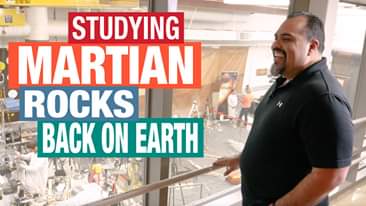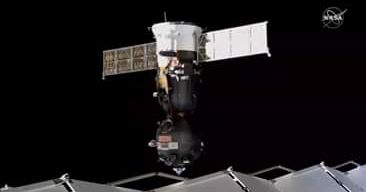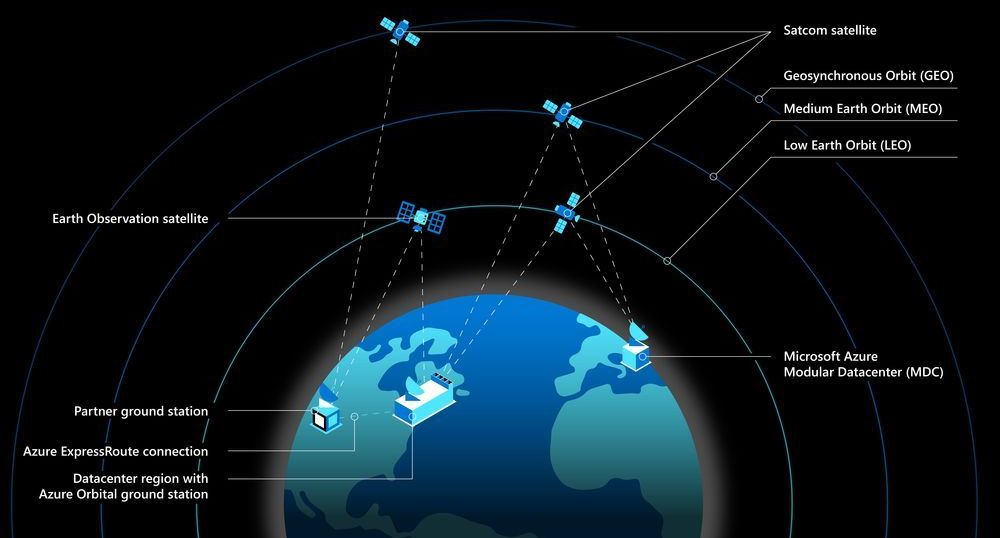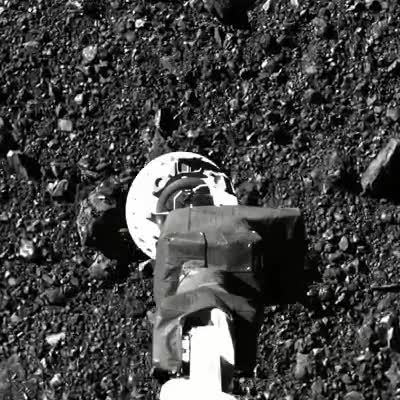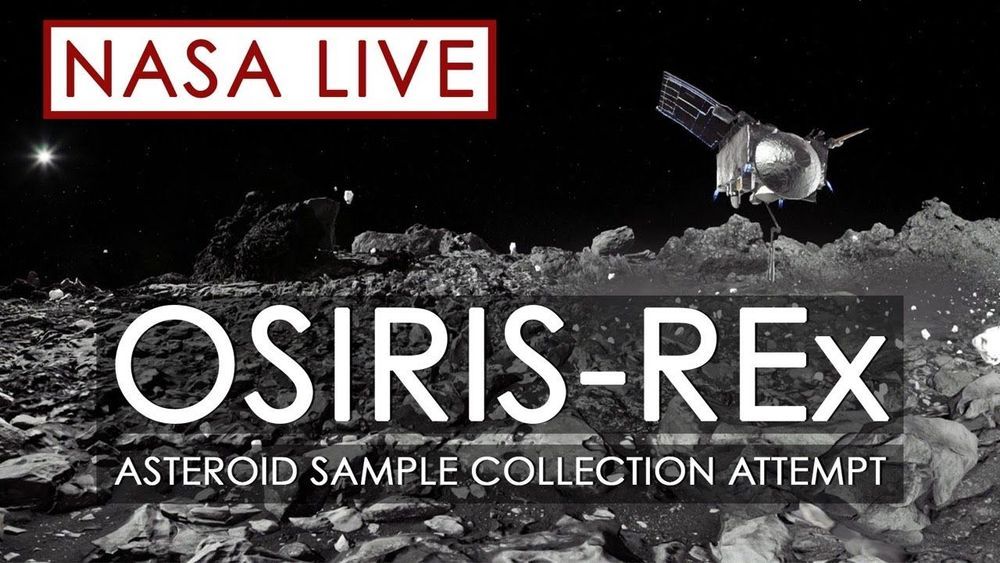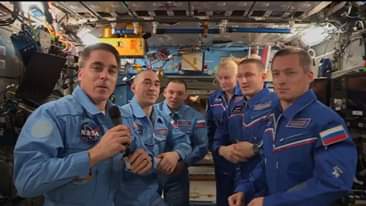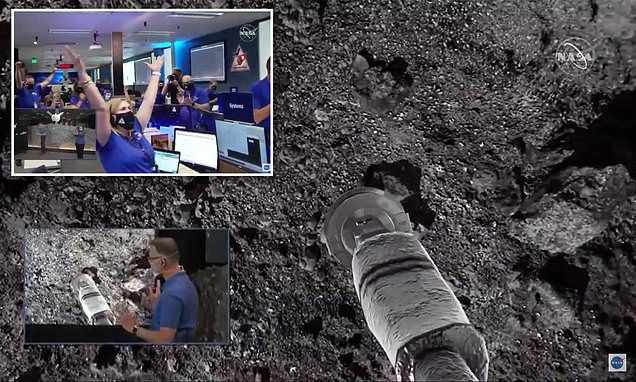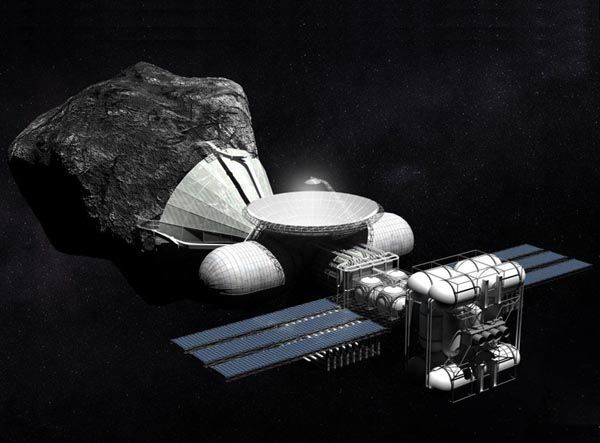When NASA’s Perseverance Mars Rover starts its quest for Martian rocks it will have quite the to-do list:
🕵️ Locate
⛏ Drill
📦 Stash
The robotic caching system that’ll get the job done is 𝘴𝘰𝘭𝘪𝘥 𝘢𝘴 𝘢 𝘳𝘰𝘤𝘬 thanks to NASA Jet Propulsion Laboratory engineer Eric Aguilar: mars.nasa.gov/mars2020
